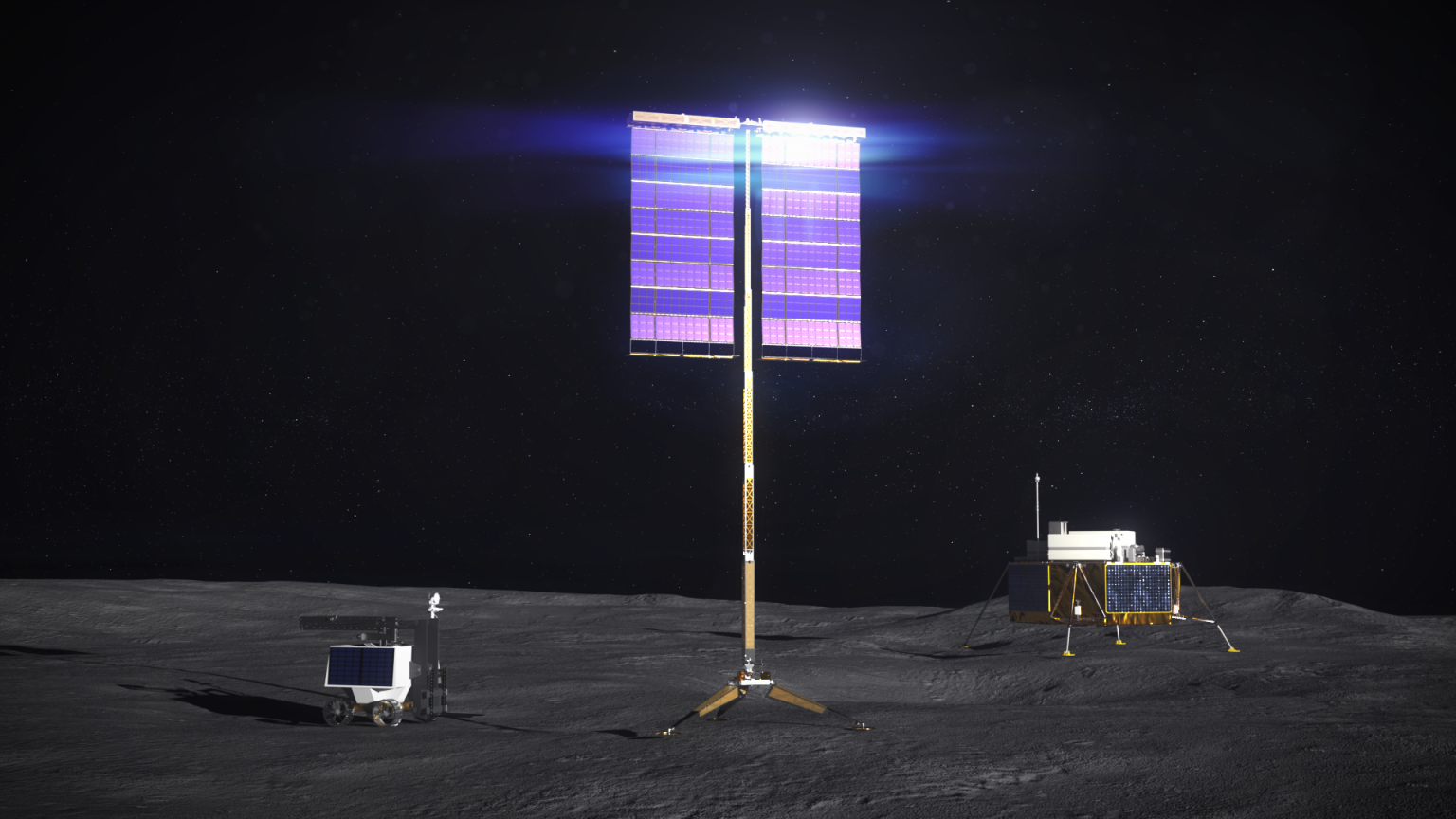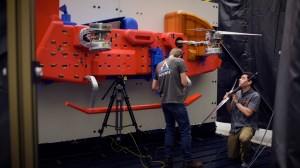NASA innovations that could help humans to Mars also make life better here on Earth. One example is the Compact Telescoping Array (CTA), a technology developed at NASA’s Langley Research Center in Hampton, Virginia, for space exploration. CTA is now used by industry to power telecommunications satellites.
The high-efficiency solar arrays use a unique central mast and deployment mechanism, result in lightweight panels that stow more compactly.
Northrop Grumman further matured a version of the NASA technology and will power a fleet of Airbus communications satellites.
“It’s really exciting to see a technology that started as an idea in a research paper come to fruition and be used by industry to help solve real-world problems,” said Richard Pappa, Langley researcher.
The Game Changing Development program within NASA’s Space Technology Mission Directorate previously funded Langley researchers to do a preliminary study on how to compactly stow solar arrays that could generate one megawatt of power. Getting massive cargo to Mars could require hundreds of kilowatts, while the largest arrays at the time could produce only about 25 kilowatts.
“The problem with solar arrays is that when they get very large, they can vibrate at such low frequencies it interferes with the spacecraft attitude control system,” said Charles Taylor, manager for vertical solar array technology (VSAT) project at Langley. “The arrays need to be strong and stiff but still light enough and foldable enough to be packed into the available launch volume.”
Researchers at Langley, led by Pappa with Martin Mikulas at the nearby National Institute of Aerospace, came up with a design and analysis for a deployable, 1-megawatt solar array that is low-mass, compactable for launch stowage, and highly reliable.
The concept involves nesting a solar cell blanket along the side of a telescoping support mast. When deployed, the solar cell blanket hangs from a horizontal arm supported by the vertical mast. The entire structure rests on a deployable tripod base that uses lunar gravity to deploy the solar cell blankets. The idea quickly sparked interest from industry as well as the U.S. Department of Defense (DoD).
Angstrom Designs, a Santa Barbara, California-based company working with NASA through the Small Business Innovation Research (SBIR) and Small Business Technology Transfer (STTR) programs, in collaboration with Northrop Grumman in Goleta, California, built hardware from the published paper. Eventually, through several SBIR contracts with NASA and the DoD, a working prototype was built, leading to more industry interest.
“We’re seeing the full technology development process from start to finish,” Taylor said.
The technology for large deployable solar arrays could one day be used not just for Earth-orbiting satellites, but with slight modifications, for planetary exploration, including powering surface operations on both the Moon and Mars.































